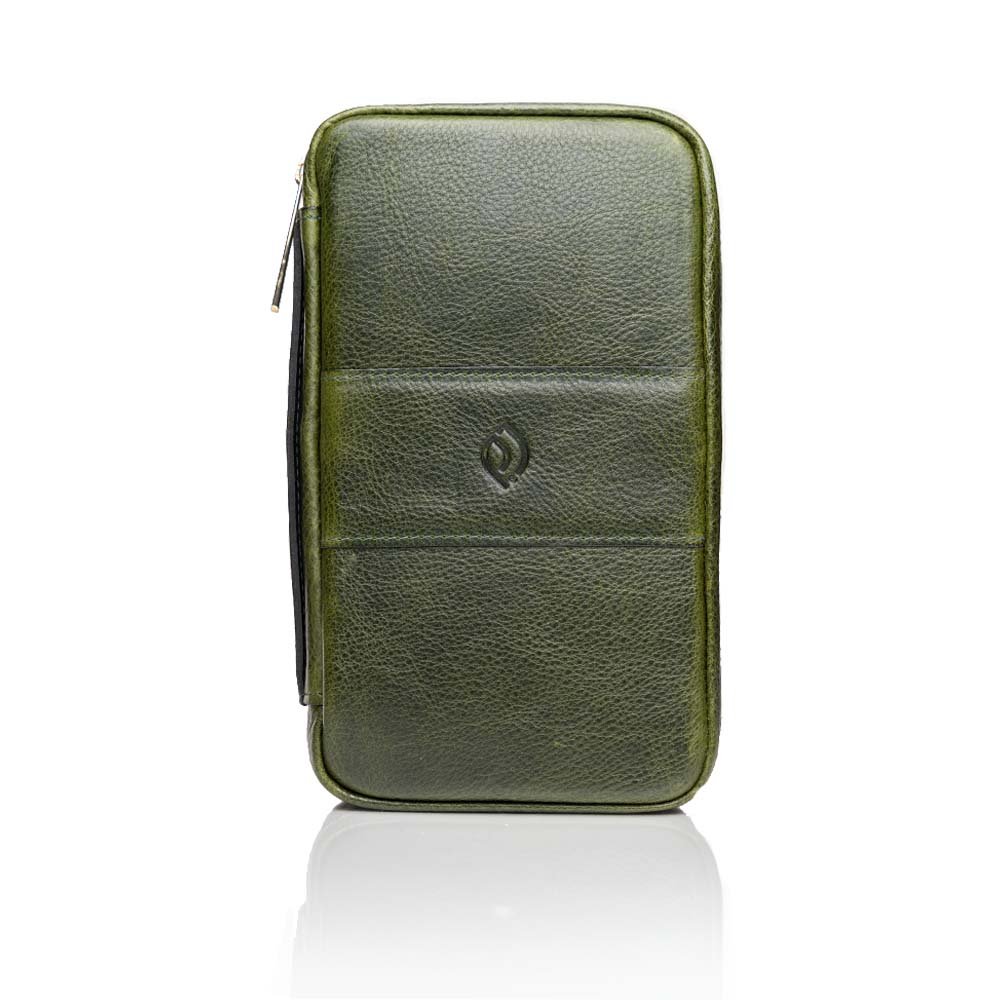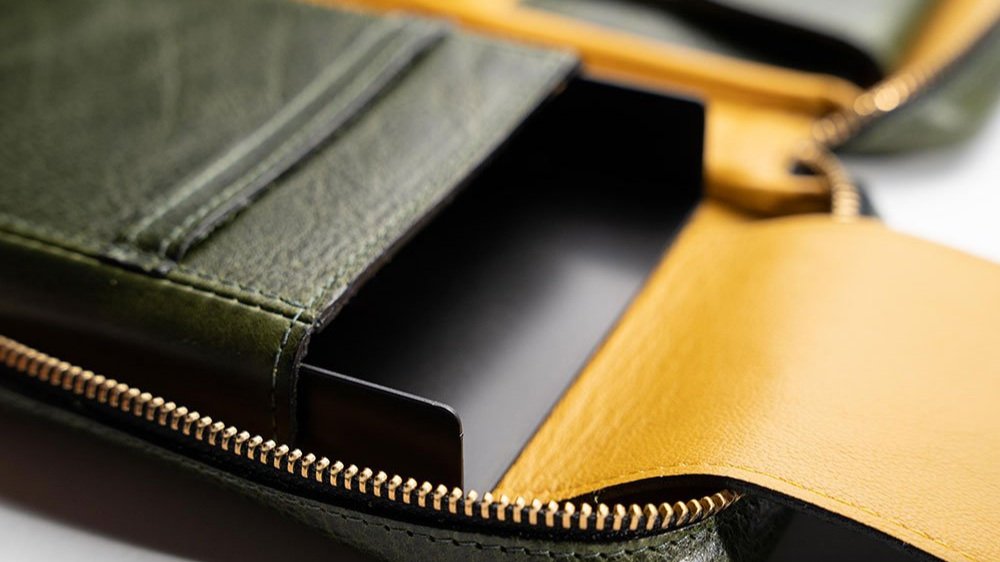A Guide to Cigar Appreciation For Beginners
Nary a day passed without George Burns enjoying 10 to 15 of his El Producto Queens. This beast lived to see 100, too.
Photo: Allan Warren / Wiki Commons, circa 1986
“There are thousands of brands and thousands of blends,” says John Laurendi, cigar enthusiast, Founder of Toronto-based fine goods purveyor, Peter James Co., and our guest expert for this piece. “And each is just as unique as it enjoyable in its own right. Let’s say it’d be difficult to narrow it down to a list of a couple of my favourite sticks.”
In a way, that quote embodies the challenge of putting together this guide.
Not that challenges aren’t relished ‘round these parts.
It’s that for a certain group of men, one that includes connoisseurs like Mr. Laurendi himself, cigars transcend the very act of smoking them; cigars are a way of life.
That’s why we sought out Mr. Laurendi’s expertise in crafting this guide, one made with all of you stogie smoking rookies in mind. The guy’s good at unpacking the complex and vast world of cigars, and he does it by honing in on the key basics — how to recognize, cut, light, and most of all, enjoy a good cigar. What more to do want, right?
Let’s go.
Respect What You’re Smoking
In learning the art of cigar appreciation, it’s key to first understand this axiom: Never reduce cigars to things that cling to the mouths of evil generalissimos, but by the same token, don’t think cigars belong to the bourgeois. They’re the province of neither.
A Local Prospect
Meet Peter James Co.’s soon-to-be-released Los Estoico 54 Habano. “It’s crafted after what I felt would be my perfect cigar,” explains Founder and local cigar connoisseur, John Laurendi. “It’s something I can pick up at any point in the day and thoroughly enjoy.”
Good stogies should be smoked by anyone who can appreciate them, and the only pressing occasion needed for such a thing is being alive. That, and finding a rare bottle of single malt whisky.
Did a work pal just become a new dad? Go ahead and buy him a cigar. Don’t let an honourbale tradition die. but waking up’s just as good a reason to light up.
What Makes A Good Cigar?
“I like a cigar that, like life, provides a journey,” says Laurendi. “Something with peaks and valleys, with a few little curve balls that come at you now and again. Something medium bodied and medium strength. But most importantly, it has to be well rolled. How a cigar smokes is everything.”
Parejo vs. Figurado & The Three Levels Of Strength
Did we mention you’d be learning a little español?
Like Laurendi said up top, there are literally thousands of blends and styles of cigars to peruse, many of which come in different shapes and sizes. The technical term for this is “vitola,” as in there are a boatload of vitolas to enjoy in one life. If you want to get stuck in, knock yourself out.
But since we’re sticking to the fundamentals here, nothing is more important than knowing the difference between a Figurado and a Parejo (and it’s a simpler one than you’d think): “Parejo” [PAH-reh-Ho] means straight in Spanish, and like its name, a Parejo runs flush, with one rounded end (the “head”) offsetting the opposing flat one (the “foot”, or the part you light).
A Cuban “bonchero” rolls a soon-to-be masterpiece.
Viñales, Cuba (a little less than 200 kilometres southwest of Havana), circa 2014
Photo: Bryan Ledgard / Wiki Commons
Parejos are your classic cigar and they come in all manner of lengths.
“If you met a sommelier and they said to you, ‘I only drink Napa Cab,’ how much weight would that opinion hold for you?.”
A Figurado, by contrast, qualifies as anything that’s not a Parejo. That means a Figurado can freestyle it when it comes to shape. Think a “Culebra,” which is Spanish for snake. These are basically three “panatelas” (a slim, six to seven-inch cigar) interlocked into one and wrapped on both ends. It’s a beauty, though apparently a rare one. Check it out.
Mild, Medium Bold
The only other varying factor with cigars is strength level; you’ll find mild, medium and bold. But here’s the thing — those three have nothing to do with taste and everything to do with nicotine. The stronger the cigar, the more nicotine it’ll have.
Don’t be a hero and go bold out the gate. It’ll kick your ass.
And yes, flavour profiles run the gamut, from earthy to nutty to sweet.
Cutting A Cigar
“There’s definitely a way not to cut a cigar,” stresses Laurendi. “That might be the better way of looking at this as there are so many ways to cut one.”
That means don’t wing it, and definitely don’t take a steak knife to your stick.
You’ll want to buy a good cutter, and when you use it, hold still and cut fast. And make sure the blade runs right through that sweet spot on the “head” end of the cigar, halfway between the tip and the start of what’s curved (we call this the “cap”).
As Laurendi reminds us, cutting a cigar’s a personal thing. “You have a v-cut, there’s a “punch”, there’s a straight cut, a cap tear-off, there’s just so many ways to cut a cigar. I’m a straight-cut traditionalist myself.”
One more thing: “Less is more,” as Laurendi puts it.
“I usually cut it just above the cap, I don’t want to take much off.”
“If there’s anything I can offer someone new to this experience, it’s less is more. You don’t need to chop half an inch off. You’ll risk unravelling the cigar as you smoke it.”
Buying A Good Cutter
Go premium here, and here’s why: “The better the metal you’re using, the longer it’ll last and the cleaner it’ll cut.” Finer metals also offer superior edge retention. Something to consider.
Peter James Co. made only 288 of these Skull & Rose Defi Extreme Lighters, each fashioned in France from platinum’s just-as-handsome cousin, palladium.
The Light
There’s no right way to do this part, and like cutting a cigar, how you bring it to life comes down to your style.
If you were a character in a movie, how would you light your stick? That sort of thing.
“You could use a match, a torch lighter, or even a cedar spill,” says Laurendi.
Cedar spills are as formal as it gets, but the aroma they give off is worth all the effort.
“My routine starts with a ‘toast’,” says Laurendi. “I take a torch lighter and keep the flame’s tip about half an inch away from the cigar. Within a few seconds you’ll see it get darker and it’ll smoke a little. At that point, let it breathe and get some oxygen; maybe blow on it a little.”
At this point, Laurendi readies his torch once more: “I’ll rotate it while holding fire to cigar until I see a nice, red cherry. Then I’ll just enjoy it.”
Consistency’s what matters when lighting a cigar, not how you light it. “Make sure it’s evenly lit around the entire foot of the cigar before you start smoking it,” says Laurendi. “This will ensure a clean, even burn and you wont get any canoeing or any uneven draws.”
A Word On Cigar Storage
“You don’t need to break the bank to store cigars,” advises Laurendi. “Anything that completely seals will suffice, like Tupperware or even a zip lock bag. I’d just add some type of humidification pack to help keep them humid and fresh, and you can buy different ones depending on desired level of humidity. I keep my walk-in humidor at a 70-degree temperature with 70% on the relative humidity side. This keeps my cigars fresh and it helps them age well.”
Smokers like play around with humidity temperature, but you really don’t want to go over 72, 73. If you do cross that threshold, you’ll risk meeting a posse of tobacco beetles.
Oh, yes, tobacco beetles.
“Tobacco beetles can leave eggs within cigars that are way too small to notice,” warns Laurendi. “Now, cigars made by reputable brands go through a freezing process and this destroys any bugs like tobacco beetles in the leaves themselves. But if they are within a cigar and that cigar’s stored at a high ‘RH’, those eggs could hatch… and then you’ve got an infestation.”
For Men On The Move
That secret cove you know about a few k’s away is just as good a smoke spot as your backyard. Same goes for the cottage, the garage (if you’re lucky) or anywhere else you damn well please. Just keep the kids, the old pets and the asthmatics away, okay?
When it comes to toting his cigars around, a man shouldn’t worry if they’ll snap in two. He should keep them where it’s safe and, because he’s discerning, stylish.
In this context, all signs point to a quality cigar case.
Of all the totes Laurendi stocks, none look quite like the Masters Carry Case (handmade, like everything else at Peter James Co.). In a nod to pro golf’s most storied tourney — the Masters Championship — Laurendi and his team had the case’s Euopean leather finished in a masculine (and wearable) dark green. What’s more, it’ll hold five seven and a quarter inch cigars while a removable aluminum tray keeps them all protected. As for your best lighters and cutters, three large built-in compartments boast enough storage space for both.
Laurendi’s Last Thought
“I hear about this once a day, if not more, both from people who are just starting their cigar journey and those who are seasoned: They’ll say, ‘Well, because you’re in Canada I’ll bet you only smoke Cubans.’ Or you’ll hear people say ‘I only smoke Cubans.’
What I always say to that is this: Cigars are like wine; there are many different places in the world where you can grow leaf, just like there are many places where you can grow vine.
If you met a sommelier and they said to you, ‘I only drink Napa Cab,’ how much weight would that opinion hold for you?
There is a vast variety of blends and leaf from around our world. If you’re limiting yourself to one part of it, then how could you be so sure it’s the best? I say explore. Try everything you can. Try cigars from Nicaragua, the Dominican Republic, Honduras, Costa Rica, Ecuador and Peru. Each [style of] cigar from these places comes with its own nuance.
You might just be surprised at what your find.”








